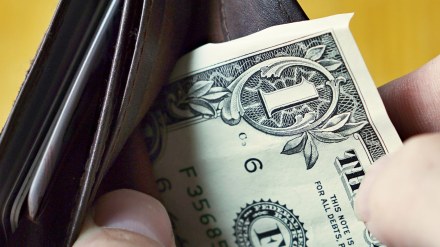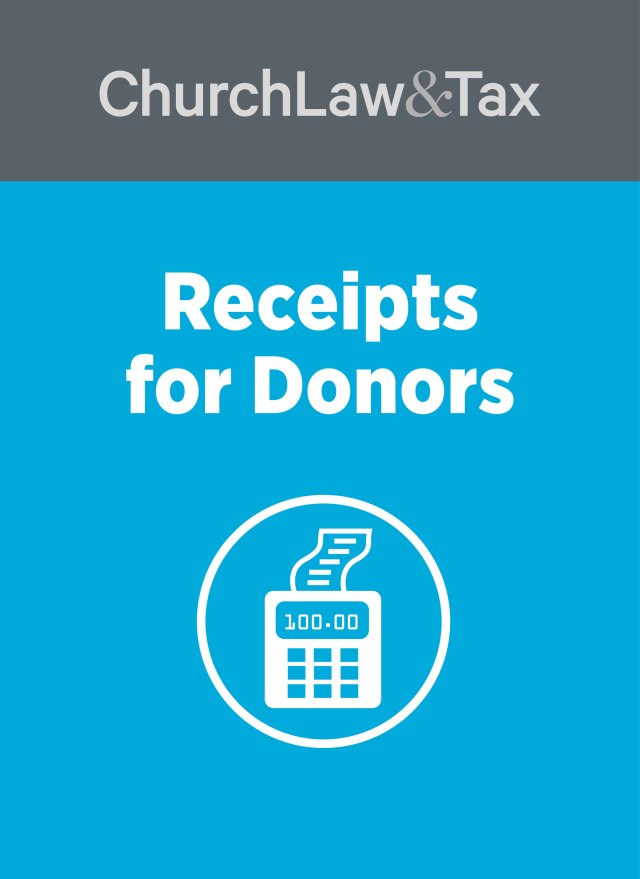Before the economic downturn due to the COVID-19 pandemic, charitable giving in the US reached a total of nearly $450 billion in 2019—one of the highest years on record, according to findings from Giving USA 2020: The Annual Report on Philanthropy for the Year 2019.
For the third consecutive year, giving to religious organizations “comprised 29 percent of all donations received by charities in 2019,” states the 2020 report.
Religious giving reached its fourth highest inflation-adjusted amount in the 65 years Giving USA has produced its annual report—totaling slightly over $128 billion in 2019. Even so, giving to religion has remained relatively flat when adjusted for inflation when compared to 2018. This contrasts with significant increases in giving to education; human services; public-society benefit organizations (e.g., Pew Charitable Trusts, United Way, Schwab Charitable Fund); arts, culture, and humanities; and giving to environment and animal organizations.
How might the pandemic affect giving throughout 2020?
It’s impossible for anyone to know how giving will be affected in the coming months as the economic effects of the pandemic continue, said Una Osili, associate dean for research and international programs at the Lilly Family School of Philanthropy, in a virtual press conference focused on the 2020 report.
“I think it’s important to have a great deal of humility and know that we are in unprecedented times,” she explained. “None of us can say we have lived through a moment like this before.”
Still, and with that disclaimer, giving patterns tracked by Giving USA for decades offer some possible predictions for the rest of 2020.
Osili said that we can look back to see how donors have responded to past crises—such as the Great Recession a decade ago:
During the Great Recession we saw an outpouring of support. Many households gave to . . . human-service charities. We did see donors reorder their priorities. Many shifted their giving to different types of organizations. I think we’ve seen American philanthropy show resilience during crises in the past. We also have a wealth of data from [past natural] disasters. . . . The evidence we have seen so far [during our current crisis] is that there has been a tremendous outpouring of support from all types of donors. So, I tend to be an optimist.
“I just think donors will rally and are rallying,” added Rick Dunham, chair of Giving USA Foundation. “And anecdotally, we are seeing record giving days. . . . I am actually bullish on how this year will play out.”
Wealthier people give more, with a notable exception
Around a decade ago, about the time of the Great Recession, said Osili, Giving USA started seeing a decline in giving by less wealthier households. The 2020 report puts it like this:
For several years, research has indicated that the number of donors is declining, even while the total dollar amount of giving by individuals is increasing. Several scholars, nonprofits, and leaders in the field have expressed concern that this trend, sometimes called “donors down, dollars up,” may result in the loss of small or mid-level donors.
Again, Osili attributes this to the fact that wealthier people are giving more:
Fewer households are participating in charitable giving and giving is coming from higher-income households, and giving is less broad based than it might have been 20 years ago and certainly [since] the Great Recession.
The shift in greater giving by wealthier donors could be, at least in part, attributed to the tax reform of 2017, which raised the standard deduction for joint filers to $24,000 and meant that around 95 percent of tax payers were not eligible for a charitable deduction.
However, church leaders should be pleased to know that religious donors don’t appear to follow this pattern.
“Giving to religion tends to be more democratized—tends to be a broader range,” said Dunham. According to data related to religious givers in the Giving USA studies, he pointed out that “you do see a fairly high participation rate among all income strata” and that when considering percentage of giving, lower-income households “are actually among the most generous.”
Further, Dunham explained that Giving USA studies have shown a correlation between attendance of religious services and giving: “[Our studies have] shown that those who attend at least weekly tend to give five times as much as those that don’t attend at all.”
Highlights for giving to religion—and a concern
For religious giving, the 2020 report offered these highlights:
- Giving to religion has always received the largest share of giving and continues to grow at a slow but steady rate.
- Faith-based organizations have found success with online giving, with online donors giving consistently on days other than Sunday, and through the summer months as well.
- Donors to religious organizations are more consistent compared to others more impacted by the stock market and other events. Several studies in 2019 supported the idea that membership and engagement level are closely linked to giving behavior.
“Religious congregations provide a range of services to communities,” Osili said. “Religious organizations play a bigger role . . . in the face of this [current economic and pandemic] crisis as an anchor in their communities. Going forward there are some very positive trends around religious giving.”
Yet, she offers an insight that should concern churches and their leadership.
With the number of Americans attending services decreasing, and as many congregations still lag behind in using online giving compared to other nonreligious charitable groups, Osili said, there are concerns about religious giving going forward.
“So there is both a positive set of trends to look at but also some that we should watch and we are concerned about,” she added.


